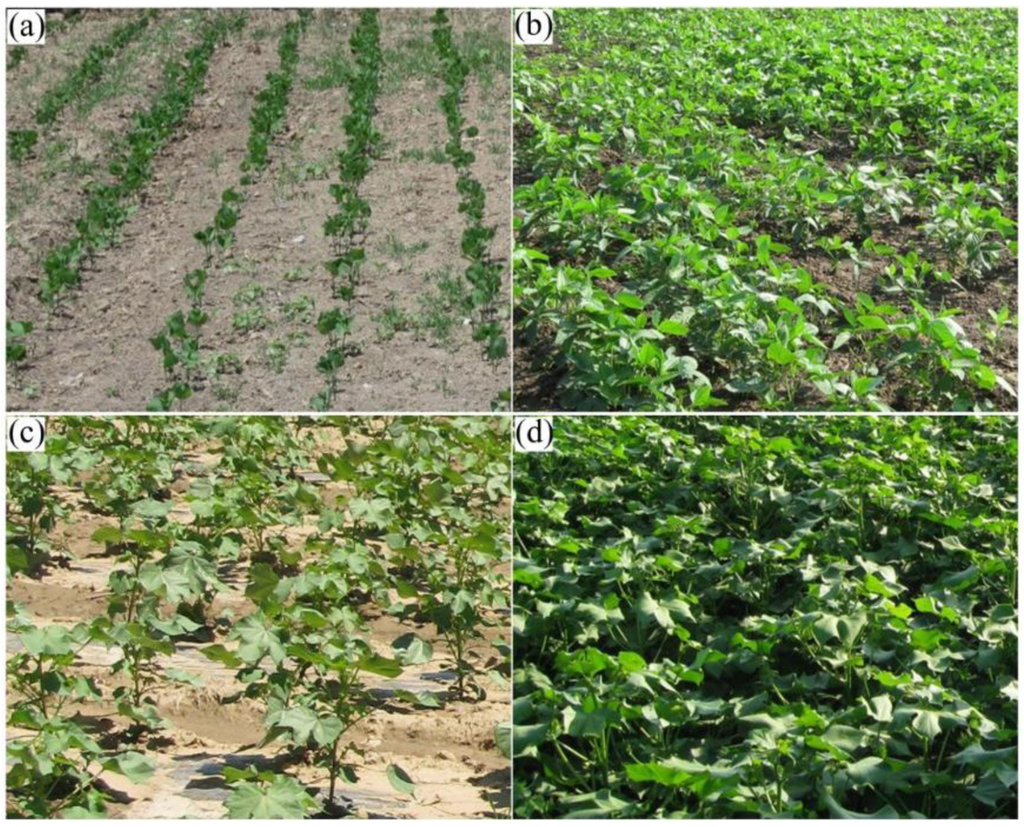-
Gallery of Images:

-
This book was conceived as both a textbook about radiophysical methods in the remote sensing of the Earth and a reference work giving a systematized idea of the possibilities and modern achievements of the microwave diagnostics method. both active and passive microwave re mote sensing technologies have paid scant attention, especially at middle latitudes where the nearsurface earth system has been changed substantially by climate change and human activities, and are characterized by more (EESS) Passive Spaceborne Remote Sensing John Zuzek passive microwave sensing RS. 1813: Reference antenna pattern for passive sensors operating in the Earth explorationsatellite service (passive) to be used in compatibility analyses in the frequency range 1. Sharkov Passive Microwave Remote Sensing of the Earth Physical Foundations SPRINGERPRAXIS BOOKS IN GEOPHYSICAL SCIENCES Contents Microwave Remote Sensing radiation in the microwave wavelength region is used in remote sensing to provide useful information about the Earth's atmosphere, land and ocean. A microwave radiometer is a passive device which records the natural microwave emission from the earth. Remote sensing is the science and art of identifying, observing, and measuring an object without coming into direct contact with it. This involves the detection and measurement of radiation of different wavelengths reflected or emitted from distant objects or materials, by. 2 Active and Passive Microwave Remote Sensing Active remote sensing systems ar e not dependent on the Sun's EMR or the thermal properties of the Earth. Over the last two decades, passive microwave remote sensing has made considerable progress, and has achieved significant results in the study of the Earth's surface and atmosphere. Many years of observations with groundbased and satelliteborne sensors have made an important contribution to improving our knowledge of many geophysical processes. passive microwave systems active MW remote sensing! In passive MW methods, the natural thermal emission of land surface (or brightness temperature) is measured at microwave wavelengths, using a radiometer. In active MW methods, a microwave pulse is sent and The basic reason microwave remote sensing is capable of GALACTIC NOISE AND PASSIVE MICROWAVE REMOTE SENSING FROM SPACE AT LBAND important for measuring parameters the Earth surface such as soil moisture and ocean It is common practice in passive microwave remote sensing to treat the scenes as This book provides a general description of many aspects of microwave Earth remote sensing, including a description of many of the basic mathematical techniques used for remote sensing. Passive and Active Microwave Sensors in Satellites for Remote Sensing of the Earth Abstract: Microwave sensors which can operate day and night, and through clear and adverse weather have very high potential in inferring oceanic wind field, precipitation, and sea ice. His research career has focused on the development of novel instrumentation with applications to passive and active remote sensing of terrain, ocean, sea and glacial ice, and the atmosphere. He has authored numerous book chapters, journal articles, and conference papers in the area of remote sensing. This type of remote sensing is called active microwave, or radar. This same technology is used to track aircraft, ships, and speeding automobiles. As with passive microwave energy, the physical properties of objects at the earth's surface determine the amount and characteristics of microwave radiation bounced back to the sensor. Remote sensing instruments are of two primary typesactive and passive. Active sensors, provide their own source of energy to illuminate the objects they observe. An active sensor emits radiation in the direction of the target to be investigated. The sensor then detects and measures the radiation. The frequencies employed in passive microwave remote sensing of the Earth from space are determined by the sensitivity of natural (i. thermal) emission to the parameter Passive microwave remote sensing of the Earth: physical foundations. Passive Microwave Remote Sensing of the Earth Physical Foundations Eugene A. Sharkov Passive Microwave Remote Sensing of the Earth represents the most comprehensive description of the physical foundations of methods and instruments in the field of passive remote sensing applied to investigations of the Earth, Solar System bodies and space. Emphasis is placed on the physical aspects. Passive Microwave Remote Sensing Lecture 14 Oct 17, 2005 While dominate wavelength of Earth is 9. 7 um (thermal), a continuum of energy is emitted from Earth to the atmosphere. In fact, the Earth passively emits a steady stream of microwave problem. This book provides a general description of many aspects of microwave Earth remote sensing, including a description of many of the basic mathematical techniques used for remote sensing. Also, the book points out the relevance of Earth remote sensing, by describing many remote sensing applications. passive microwave remote sensing of the earth for meteorological applications wiley series in atmospheric physics and remote sensing german edition Online Books. Come and improve atmospheric profiling using passive microwave science. As our observations from our satellites become more sophisticated, we are looking for a scientist with experience of processing data from spacebourne passive microwave instruments to join our team. Applications of passive microwave remote sensing include meteorology, hydrology, and oceanography. By looking at, or through the atmosphere, depending on the wavelength, meteorologists can use passive microwaves to measure atmospheric profiles and to. This book represents the most comprehensive description of the physical foundations of methods and instruments in the fields of passive remote sensing applied to investigations of the Earth, Solar system bodies and space. Emphasis is placed on the physical aspects necessary to judge the A Strategy for Active Remote Sensing Amid Increased Demand for Radio Spectrum. Washington, DC: The National Academies Press. Simultaneous active and passive microwave response of the EarthThe Skylab radscat experiment, A Strategy for Active Remote Sensing Amid Increased Demand for Spectrum describes the threats. The microwave remote sensing experiments conducted during the last decade using airborne and spaceborne sensors are now evolving as operational spacecraft observation systems. Microwave sounding unit (MUS) onboard TIROSN regularly provides. A microwave radiometer (MWR) As remote sensing instruments, One distinguishes between imaging instruments that are used with conical scanning for remote sensing of the Earth surface, e. AMSR, SSMI, WINDSAT, and sounding instruments that are operated in crosstrack mode. the earth and these are significant indicators of climate change. WP1: Literature study on climate research through activepassive microwave remote sensing analysis and selection of proper models. Microwave Remote Sensing from Space Invited Paper Spaceborne microwave remote sensors provide perspectives of the earth surface and atmosphere which are of unique value in scientific studies of geomorphology, oceanic waves and topogra active and passive microwave remote sensing is. when viewing thermal emissions from the Earth over the microwave band. RayleighJeans Approximation k is Plancks constant, c is the speed of light, is emissivity, T is kinetic temperature Passive Microwave Remote Sensing from Space Lubin Massom. The most comprehensive description of the physical foundations of methods and instruments in the fields of passive remote sensing applied to investigations of the Earth, Solar system bodies and space. remote sensing of precipitation using passive microwave (PMW) radiometers. Microwave observations of the Earths system differ substantially from those based on optical and 2 Passive Microwave Remote Sensing of the Ocean 15 hot absorber temperature is monitored with thermistors. The frequent calibration minimizes receiver gain. The most comprehensive description of the physical foundations of methods and instruments in the fields of passive remote sensing applied to investigations of the Earth, Solar system bodies and space. Emphasis is placed on the physical aspects necessary to judge the possibilities and limitations of. The microwave frequency region plays a special role in the remote sensing of these variables because microwave signals penetrate through clouds and therefore provide capabilities of retrieving the parameters under all weather conditions. This book covers the fundamentals of satellite microwave instrument calibration, remote sensing sciences and algorithms, as well as the applications of the satellite microwave observations in weather and climate research. IEEE Topical Symposium on Combined Optical, Microwave, Earth and Atmosphere Sensing Albuquerque, NM, USA 2225 March 1993 Proceedings of IEEE Topical Symposium on Combined Optical, Microwave, Earth and Atmosphere Sensing IEEE, (1993). 2 Active and Passive Microwave Remote Sensing Active remote sensing systems ar e not dependent on the Sun's EMR or the thermal properties of the Earth. The use of satellite passive microwave remote sensing for monitoring surfaces is a powerful and privileged tool. Almost unaffected by cloud cover or rain at low frequency, with day and night observations, it can carry out surface observations frequently and operationally. Philipson Philpot: Remote Sensing Fundamentals Passive Microwave 3 W. Philpot, Cornell University, Fall 2012 The radiometric temperature of objects at the earth's surface is called the brightness temperature. This book covers the fundamentals of satellite microwave instrument calibration, remote sensing sciences and algorithms, as well as the applications of the satellite microwave observations in weather and climate research. [XIV, 363 Pages, Hard Th Objects at the earth's surface emit not only infrared radiation; they also emit microwaves at relatively low energy levels. When a sensor detects microwave radiation naturally emitted by the earth, that radiation is called passive microwave. Clouds do not emit much microwave radiation, compared to sea ice. passive microwave remote sensing of the earth Download passive microwave remote sensing of the earth or read online here in PDF or EPUB. Please click button to get passive microwave remote sensing of the earth book now. All books are in clear copy here, and all files are secure so don't worry about it. Passive remote sensing utilizes the natural radiation sources of the sun or the earthatmosphere system. For example, spectral solar radiation interacts with a cloud and leaves a scattered signature, which may be used for its identification. Passive microwave sensors on earthorbiting satellites are beginning to make significant contributions to the fields of operational meteorology and oceanography. This paper reviews the development of microwave radiometry from space as a tool for several atmospheric and.
-
Related Images:











